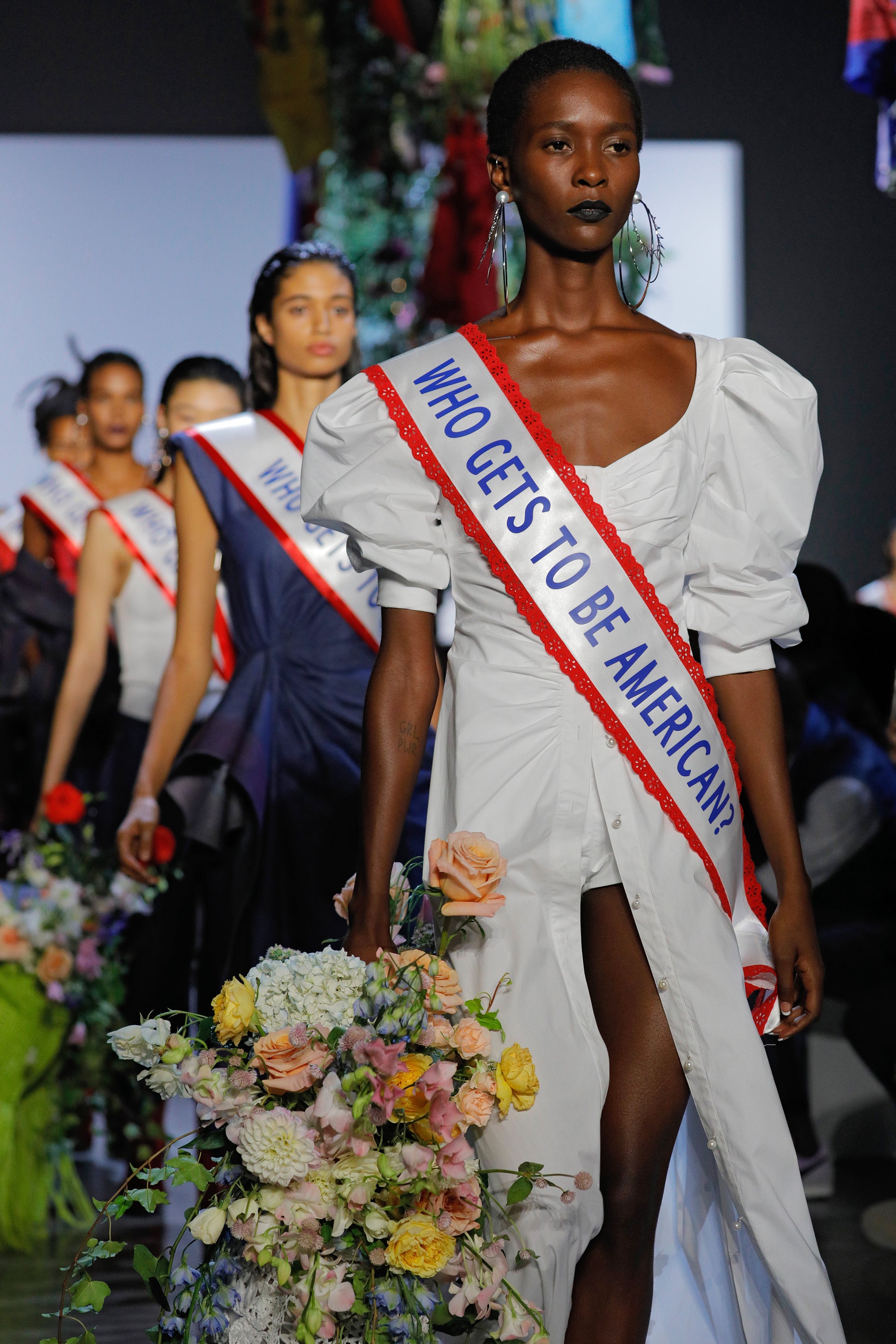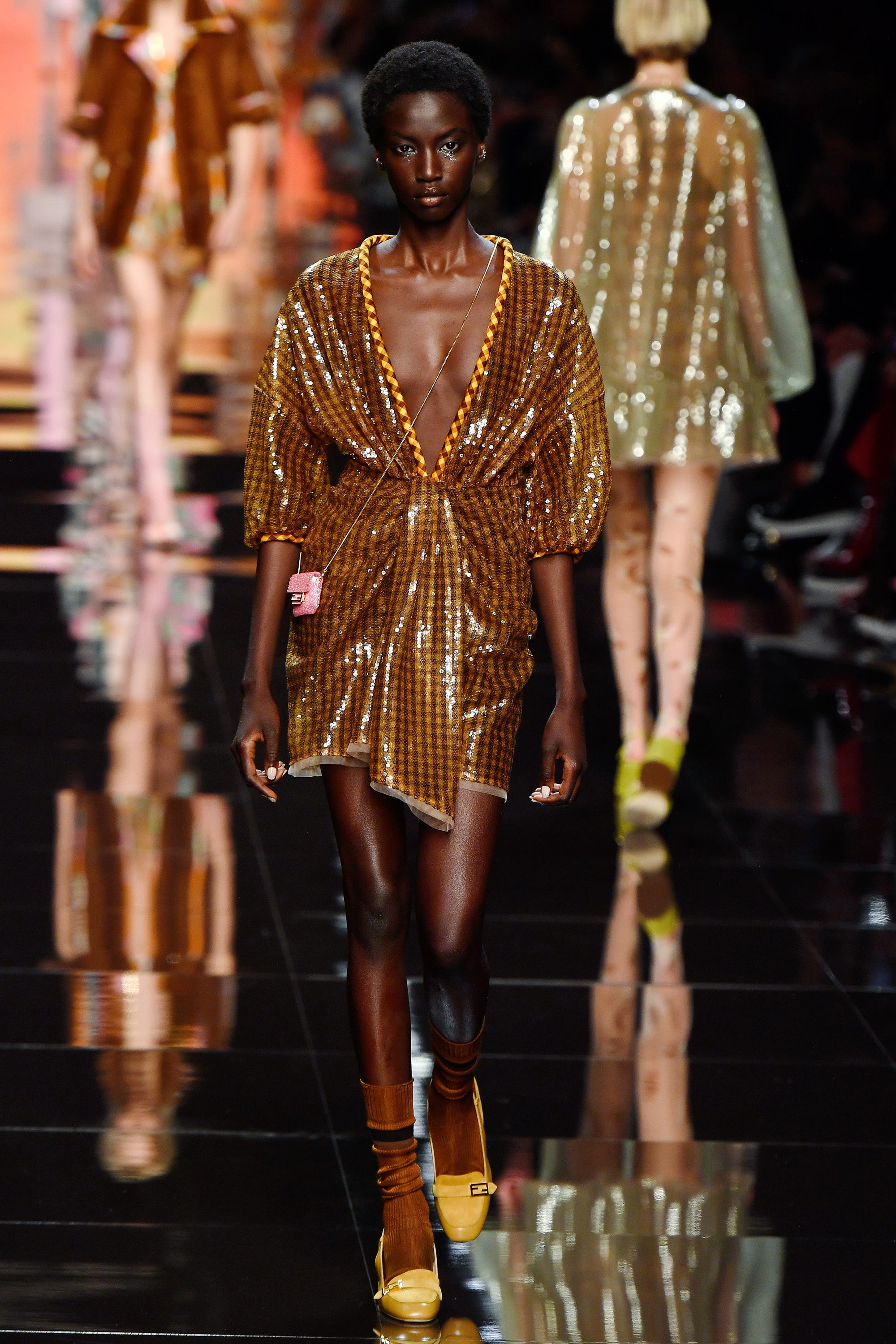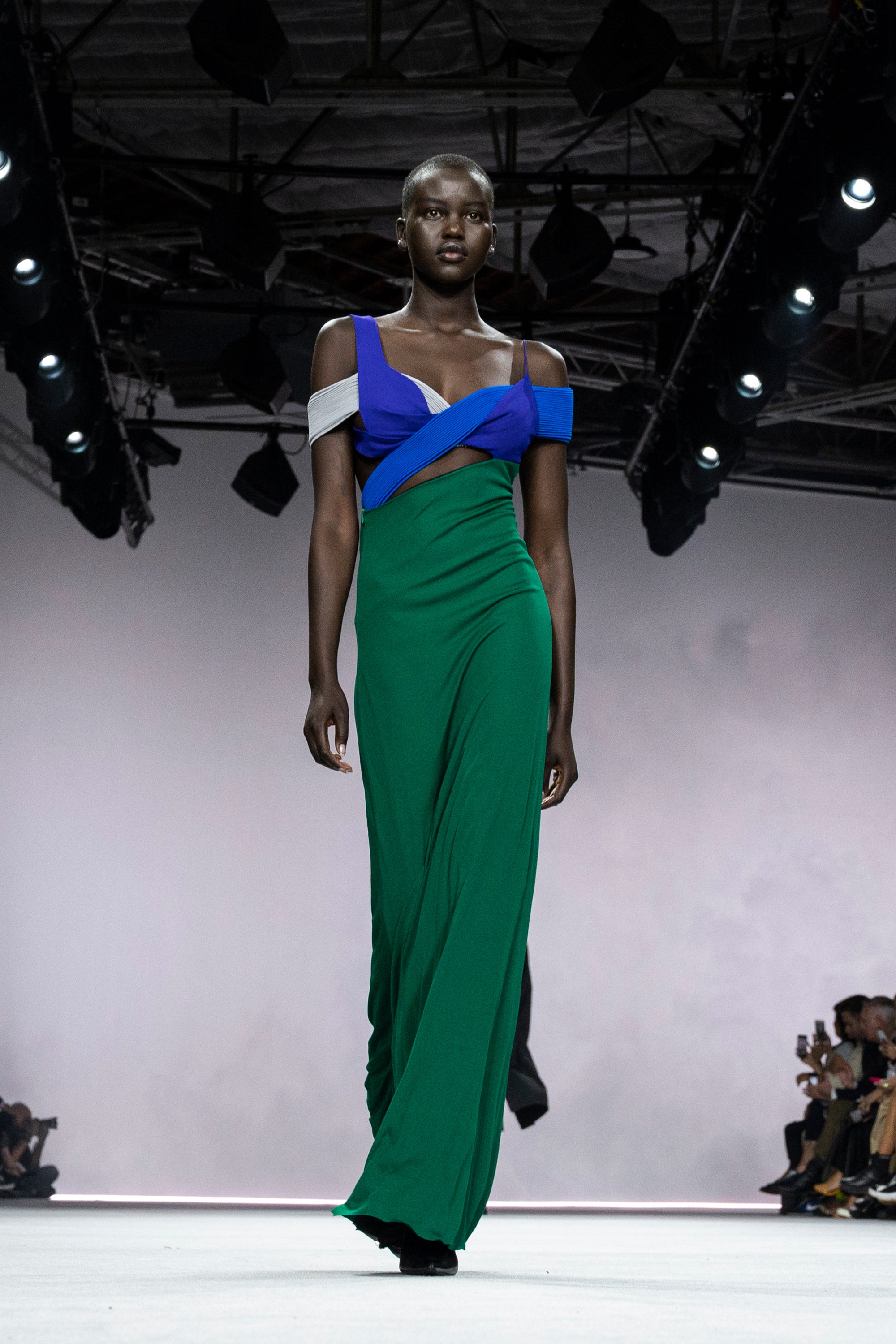But we'd be lying if we didn't admit to playing favourites. Some cities just speak to our specific aesthetics better than others. Ahead, we explain which cities best represent the women we aim to be when we get dressed in the morning, or at the very least, who we would be if money were no object.

I still get chills thinking about this runway moment. When Prabal Gurung sent a diverse cast of models down the runway wearing pagentry-esque sashes (à la Miss America) with the question “Who gets to be American?” emblazoned on the front — man, that really hit home for me. As a first-generation American, I have long grappled with my cultural identity. I’ve struggled to understand what it means to be born in a country and claim it, and yet feel as though my ownership of my “American” identity is constantly questioned because of my last name or where my parents come from. The immigrant story is one that needs to be told no matter the time of year. But given the current sociopolitical landscape and the huge platform that NYFW provides, Gurung’s artistic statement felt more relevant — and necessary — than ever.Photo: Randy Brooke/WireImage.

Admittedly, it’s not the fashion that made me fall in love with London. I’ve been obsessed with the city since I first visited at five years-old; the 24-hour energy, the pubs, the underground alleys full of flea market carts and food trucks — everything. But once fashion became my work, it quickly became another reason to daydream about my favourite city.
London Fashion Week is nothing like its counterparts in New York, Milan or Paris. The street style is edgy, despite the very traditional, old-world attitudes that make up the city, let alone the government. The designers are non-conformist and thoughtful, with Burberry and Stella McCartney constantly at the forefront of sustainable fashion and Simone Rocha and Charlotte Knowles never falling victim to traditional standards of what’s “pretty” and what’s not. Even the way things are set up is a solo act, with the British Fashion Council launching the Institute of Positive Fashion post-fashion week to bring attention to the industry’s detrimental impact on our environment.
While often eclipsed by the fashion weeks that follow it, London has a unique air to it that I’ll never not want to follow from the first show to the very last.Photo: Victor VIRGILE/Gamma-Rapho/Getty Images.

I live and breath New York (quite literally). I love the hustle of the fashion industry who decided that here would be where they create their version of art. But Milan has my heart. More is more in Milan. I appreciate the maximalism of it all but also the showmanship. Versace brought out Jennifer Lopez in an updated version of that damn green dress, M Missioni “remixed, re-used, and respected” its mother brand while Bottega Venetta made me want to match my bag to my shoes again. Miucci Prada's latest offering at Prada reminded me it's perfectly okay to pile on the pieces that make me happiest. But Fendi? I want a want to wear a tiny bag around my neck. Jacquemus, who? The sparkly socks with the school girl Mary Janes? Ugh. The best part about Fendi's styling is how it aimed to make women to feel natural and good in these clothes. And as someone who stands up straighter and smiles brighter in an outfit that makes me feel confident, that's the power (and the point) of fashion. Photo: Victor VIRGILE/Gamma-Rapho/Getty Images.

I was first introduced to Fashion Week as a young child watching runway shows with my mom. I remember staring in awe as models made their way down the catwalk in sweeping gowns and structured suiting. Back then, runway fashion was wearable art, and it was mesmerising to me even through a small TV screen. Fashion has totally lost that sense of wonder and innovation. In an uncertain retail climate, designers seem more focused on commerce and social media fame than crafting art that makes a lasting impression. Paris is the only destination during the four-week marathon that truly embodies the Fashion Week I loved as a child. Though I didn't attend this season, I was still blown away by the showmanship at fashion houses like Issey Miyake and Rick Owens, the sharp suiting and cut-out gowns at Altuzarra, the Marie Antoinette-inspired dresses at Issey Miyake, the larger-than-life ball gowns at Balenciaga. In Paris, Fashion Week isn't merely a business operation, it's about creating a fantasy. And that's why I fell in love with it in the first place.Photo: Peter White/Getty Images.
Like what you see? How about some more R29 goodness, right here?
Prada Reminds Us Personal Style Is, Well, Personal












































































